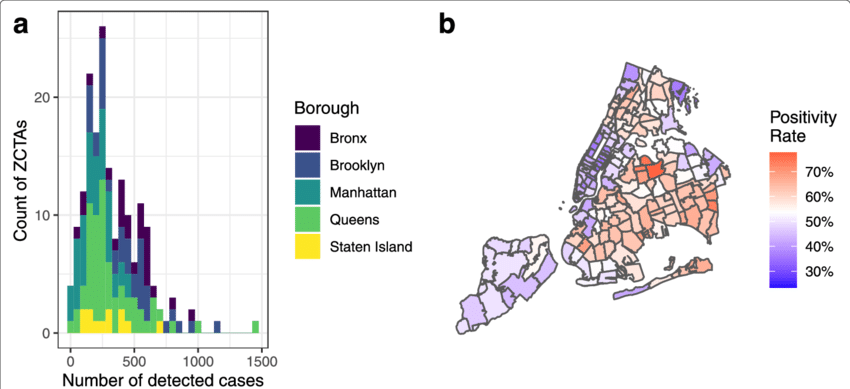Manhattan, the iconic heart of New York City, is more than just skyscrapers, culture, and world-renowned neighborhoods. With its mix of historical landmarks, luxury boutiques, and vibrant communities, Manhattan’s diverse zip codes each tell a unique story. A complete Manhattan Zip Code map is essential for navigating this city. As it provides insights into the character and attractions of each area. From the financial pulse of Wall Street to the cultural richness of Harlem. Here, we break down Manhattan’s zip codes to help you explore and understand this dynamic borough.
Understanding Manhattan’s Zip Code System
Manhattan zip code help categorize neighborhoods and highlight the distinct personalities and offerings of each area. Zip codes here often begin with “100” and are grouped geographically. Downtown areas, like Wall Street, have lower zip codes, while uptown areas, including Harlem, have higher ones. Knowing these codes is particularly helpful for everything from finding local services and attractions to getting a feel for the area’s vibe.
Lower Manhattan: Financial District and Beyond
10004 – 10007: Wall Street, Battery Park, and Tribeca
- 10004 (Battery Park/Wall Street): Home to the New York Stock Exchange. This zip code includes financial hubs and landmarks such as the Statue of Liberty and Battery Park. It’s bustling with professionals by day and a peaceful retreat with waterfront views by night.
- 10006 (Financial District): A mix of business and history. The Financial District’s highlights include One World Trade Center and 9/11 Memorial & Museum.
- 10007 (Tribeca): Known for its upscale residences and trendy eateries. Tribeca boasts historic buildings, the Tribeca Film Festival, and top-rated restaurants.
10002 – 10003: Lower East Side and East Village
- 10002 (Lower East Side): A haven for foodies and nightlife enthusiasts, this zip code is packed with art galleries, Katz’s Delicatessen, and a rich immigrant history.
- 10003 (East Village): Famous for its counterculture, East Village has quirky shops, music venues, and Tompkins Square Park.
Midtown Manhattan: Bustling Heart of NYC
10001 – 10019: Chelsea, Hell’s Kitchen, and Times Square
- 10001 (Chelsea): Known for the High Line Park, art galleries, and the Chelsea Market, this area is a cultural and culinary hotspot.
- 10011 (West Village): With cobblestone streets and historic brownstones, West Village has a charming, bohemian vibe.
- 10018 (Garment District): At the center of NYC’s fashion industry, the Garment District is where designers, models, and fabric shops converge.
- 10019 (Hell’s Kitchen): With a lively dining scene and easy access to Broadway theaters, Hell’s Kitchen is vibrant and energetic.
10017 – 10022: Turtle Bay, Murray Hill, and Sutton Place
- 10017 (Turtle Bay): Anchored by the United Nations Headquarters, this area is quiet yet sophisticated, with parks and historic sites.
- 10022 (Sutton Place): A peaceful, upscale area known for luxury residences and views of the East River.
Upper Manhattan: Cultural and Historical Richness
10023 – 10028: Upper West Side and Upper East Side
- 10023 (Upper West Side): Home to Central Park and Lincoln Center, this area is cultural, family-friendly, and filled with cafes and shops.
- 10028 (Upper East Side): Known for the Museum Mile and luxury shopping along Madison Avenue, the Upper East Side is elegant and historic.
10025 – 10026: Morningside Heights and Harlem
- 10025 (Morningside Heights): Anchored by Columbia University, this neighborhood is intellectual and filled with historic architecture.
- 10026 (Harlem): Harlem’s unique history and culture are highlighted by jazz clubs, soul food restaurants, and landmarks like the Apollo Theater.
Navigating the Zip Codes: Key Points and Tips
Understanding Manhattan’s zip codes makes it easier to navigate its neighborhoods. Whether you’re a local or a visitor, knowing these zip codes helps with deliveries, bookings, and planning outings. Exploring the area through its zip codes is also a fantastic way to experience each neighborhood’s unique character and offerings.
Conclusion
Manhattan’s neighborhoods, from the financial pulse of Wall Street to the soulful streets of Harlem, each contribute to the city’s vibrant tapestry. Understanding the borough through its zip codes offers an enriched perspective, guiding both locals and visitors to explore beyond the typical tourist spots. Whether you’re seeking history, culture, food, or fashion, Manhattan’s diverse zip codes serve as a map to the heart of New York City, inviting discovery around every corner. Make the most of this dynamic city by diving into each unique neighborhood and uncovering the spirit that makes Manhattan unforgettable.







